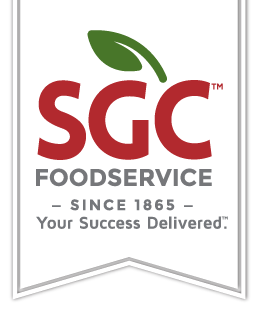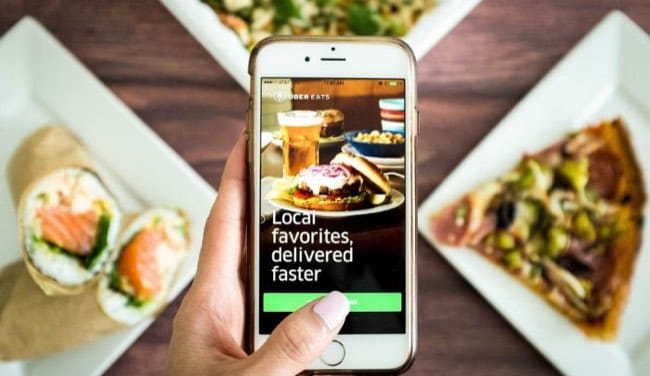The fastest growing segment of the restaurant industry is taking place outside of the restaurant. Delivery services are changing the “where” and “how” of dining, with operators adjusting to capitalize on the opportunity.
According to leading restaurant analysists, that opportunity is sizeable. By 2020, Food Newsfeed reported that the food delivery industry could account for 11% of all restaurant sales. Third party delivery services are slated to grow 13.5% annually, four times more than the 3% projected growth rate for the restaurant industry overall, Food Newsfeed said.
Call it the convenience effect. In a world where consumers are used to having everything from media to groceries at their smart-phone-wielding fingertips, restaurant food seems a natural progression. In fact, according to recent surveys published in Nation’s Restaurant News, 51% of Americans use delivery services to purchase meals from casual dining restaurants and 26% order takeout or delivery at least once a week.
With data showing delivery will continue to be a dominant factor in the future of foodservice, the question becomes less “Should we offer food delivery?” and more “How should we offer food delivery?” Here are a few options for implementing delivery programs—
Outsource it.
Third party services like uberEats, Grubhub, and DoorDash deliver food to the consumer and ease of use, convenience, and an absence of overhead cost to the operator. Though they typically take a significant cut of the sales (12-30%), some operators find that a worthwhile trade for not having to manage or staff delivery services. Delivery drivers can be the make or break determinant between a positive or a negative consumer experience. Making the food pickup experience seamless for the carriers calls for the same service-focused approach that drives front of the house physical operations. Small gestures like arranging the orders systematically, offering rewards to couriers, or providing free drinks can make a big impact.
Invest in the Future of Your Delivery Growth.
If you see delivery as the future of your operation, invest accordingly. Purchasing the right packaging to keep to-go orders warm and upright can be essential. Hiring in-house staff to deliver is another investment that could pay off. Taking delivery in-house allows a restaurant to control the emotional experience consumers have and ensures that grumpy or tardy third-party drivers won’t tarnish a reputation or brand experience. Staff that is responsible, polite, and responsive to customers can deliver more than food. They can deliver the full-service restaurant experience too.
Delivery Specialists are the New Hostesses.
The hostess at a restaurant sends the first impression. Ditto the new 2019 equivalent—the Delivery Specialist.” Consider designating one person on the staff to be in charge of receiving delivery orders, packaging the food, and checking the order before turning it over to the courier for delivery. Whether you’re using a third-party delivery service or handling delivery in-house, the delivery specialist can ensure that the customer gets exactly what they ordered.

